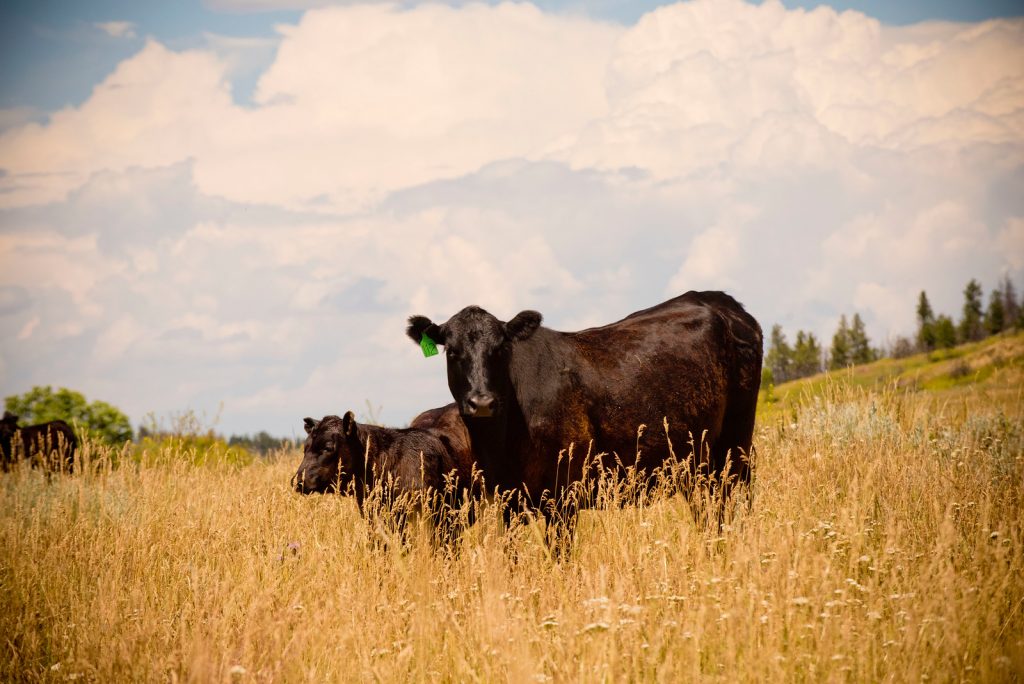
There is no doubt that every organization across the entire food system is under increasing pressure to improve the environmental footprint of its supply chains – and for good reason. The beef supply chain is no different. Often hailed as one of the largest environmental villains, beef is arguably one of the supply chains under the most pressure and public scrutiny today.
But as any geologist can tell you, with pressure comes change. The pressure the supply chain faces could be redirected and tapped to help drive progress toward improving the industry’s environmental impact and sustainability.
In the summer of 2021, Trust In Food undertook a national survey of beef producers to learn how they view and value sustainability-related issues, as well as to what extent they are implementing sustainability-focused management practices. We had over 900 respondents complete the survey from more than 40 states. Operations represented ranged from 50 head of cattle to upward of 5,000-plus head and came from all sectors, including cow-calf, stocker and fed beef.
Here are two of the key opportunities we identified for the beef segment in that report; a full write-up on the research will be published this fall:
- Opportunity No. 1: Energize the Base
As we slide into the second half of 2021, there is no shortage of programs and campaigns using sustainability issues as a central pillar to market beef to consumers. At the same time, a combination of misinformation and competing narratives about the environmental footprint of beef production is confusing the issue. Even our scientific understanding of beef (and indeed the entire food system) impacts is evolving.
This, understandably, puts beef producers on the defensive about their industry – and indeed, about their personal and family legacies – because they feel misunderstood and attacked by the public, something not new to them.
This doesn’t necessarily mean there is a disconnect between producers and consumers, though: For example, almost 80% of producers who responded to our survey said that American beef producers should change their production practices to meet consumer demands. Although public (and indeed scientific) narratives and understanding about beef production continue to evolve, high levels of consumer focus on sustainability-related issues could be tapped to help drive producers’ awareness efforts.
Organizations could use consumer attention to beef to rally producers, driving engagement and outreach programs that empower producers to make steps forward in their sustainability journeys. By linking to macro-level consumer demand trends – i.e. more sustainable beef with a better environmental footprint – producer-facing outreach programs could elevate sustainability issues significantly.
- Opportunity No. 2: Re-Imagine Investment
We frequently hear about supply-chain organizations launching new programs centered around beef sustainability. Many of these include audacious performance targets and significant investments.
Yet unstable markets and pricing are the No. 1 barrier to sustainable practice adoption, according to nearly two-thirds of the beef producers who responded to our survey. For meaningful change to happen at the producer level, any investments must address these obstacles.
Supply-chain investments should be directed toward pay-for-performance programs at the producer level, guaranteeing a premium that helps alleviate volatile markets in exchange for producer adoption of sustainability-minded management and production strategies.
Organizations throughout the beef supply chain have unique capabilities and assets that can be tailored to help build a better future for beef. In turn, if producers are empowered on their sustainability journey, they will likely improve their operations’ management that much faster and more efficiently.



